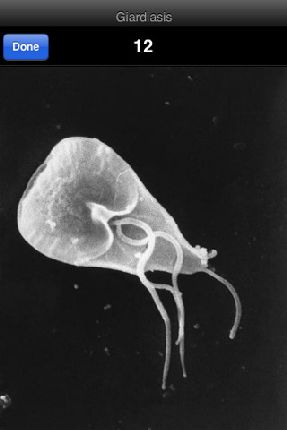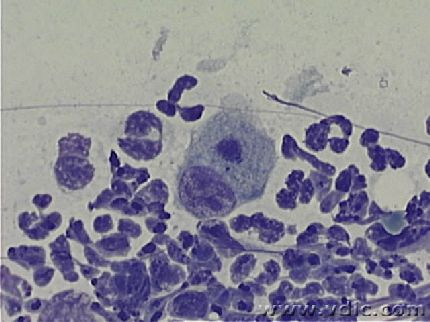Pneumococcal (pronounced new-mo-KOK-al) disease is an infection caused by bacteria. These bacteria can attack different parts of the body. When they penetrate the lungs, they cause the most common form of bacterial pneumonia. If the bacteria enter the bloodstream, they cause an infection called bacteremia (bak-ter-E-I-I). In the brain, they cause meningitis. Pneumococcal pneumonia is a serious disease that kills thousands of mature people in the United States each year. For some reason pneumonia as well. Pneumococcal vaccine is safe, it works, and one shot lasts most people up to 10 years. People who receive the vaccine protected against almost all bacteria that cause pneumococcal pneumonia and other pneumococcal diseases. Shot, which is covered by Medicare, can be a lifesaver. Some experts say it may be better to get a snapshot of the age to 65 years - at any time after 50 years - since you are younger, the better the results. They also say people should have this shot, even if they had to pneumonia. There are many different types of pneumonia, and one type does not protect against others. Vaccines, however, does not protect against 88 percent of pneumococcal bacteria that cause pneumonia. This does not guarantee that you will never get pneumonia. It does not protect against viral pneumonia. Most people want to get shot once. However, some older people may need a booster, talk to your doctor to find out if necessary. According to the Centers for Disease Control and Prevention, all aged 65 and older should get vaccinated against pneumonia. Some young people need to get this as well. And at age 65 and older. In chronic diseases such as heart or lung disease or diabetes. There is a weak immune system. (This may be caused by certain kidney disease, certain cancers, HIV, organ transplant medicines and other diseases).
Some people have minor side effects from the shot, but they are usually minor and last only a very short time. According to studies, about half the people receiving the vaccine were minor side effects - swelling and pain at the site where the shot was given, usually by hand. A few people (less than 1 percent) were fever and pain in muscles, as well as more serious swelling and pain in his hand. Pneumonia shot can not cause pneumonia because it is made not from the same bacteria, but also on the bacterial components that are not contagious. The same is true of influenza, it can not cause influenza. In fact, people can get pneumonia and influenza vaccine at the same time strattera. There are two main types of pneumonia - viral pneumonia and bacterial pneumonia. Bacterial pneumonia is more serious. One type of bacteria causes pneumococcal pneumonia. In elderly people, this type of pneumonia is a frequent cause of hospitalization and death. About 20 to 30 percent of people over 65 years of age with pneumococcal pneumonia develop bacteremia. At least 20 percent of those with bacteremia die from it, even if they receive antibiotics. People aged 65 and older at high risk. They are two to three times more likely than people in general to get pneumococcal disease. A recent large study of the National Institutes of Health show that the vaccine allows in most cases of pneumococcal pneumonia. Healthcare USA, National Coalition for Adult Immunization and the American Lung Association now recommends that all people aged 65 and older get the vaccine. Everyone age 65 and older should get vaccinated against pneumonia. Anyone with chronic illnesses or weakened immune systems should receive the vaccine. Most people need to get it only once. Most people with mild and without side effects. It is covered by insurance. For more information on adult immunizations can be obtained from the following groups. PO Box 8057
Gaithersburg, MD 20898-8057
Building 31, Room 7A50

Bethesda, MD 20892-2520
Atlanta, GA 30333
New York, NY 10019 - 4374
Bethesda, MD 20814
Department of Health and Human Services
1996



